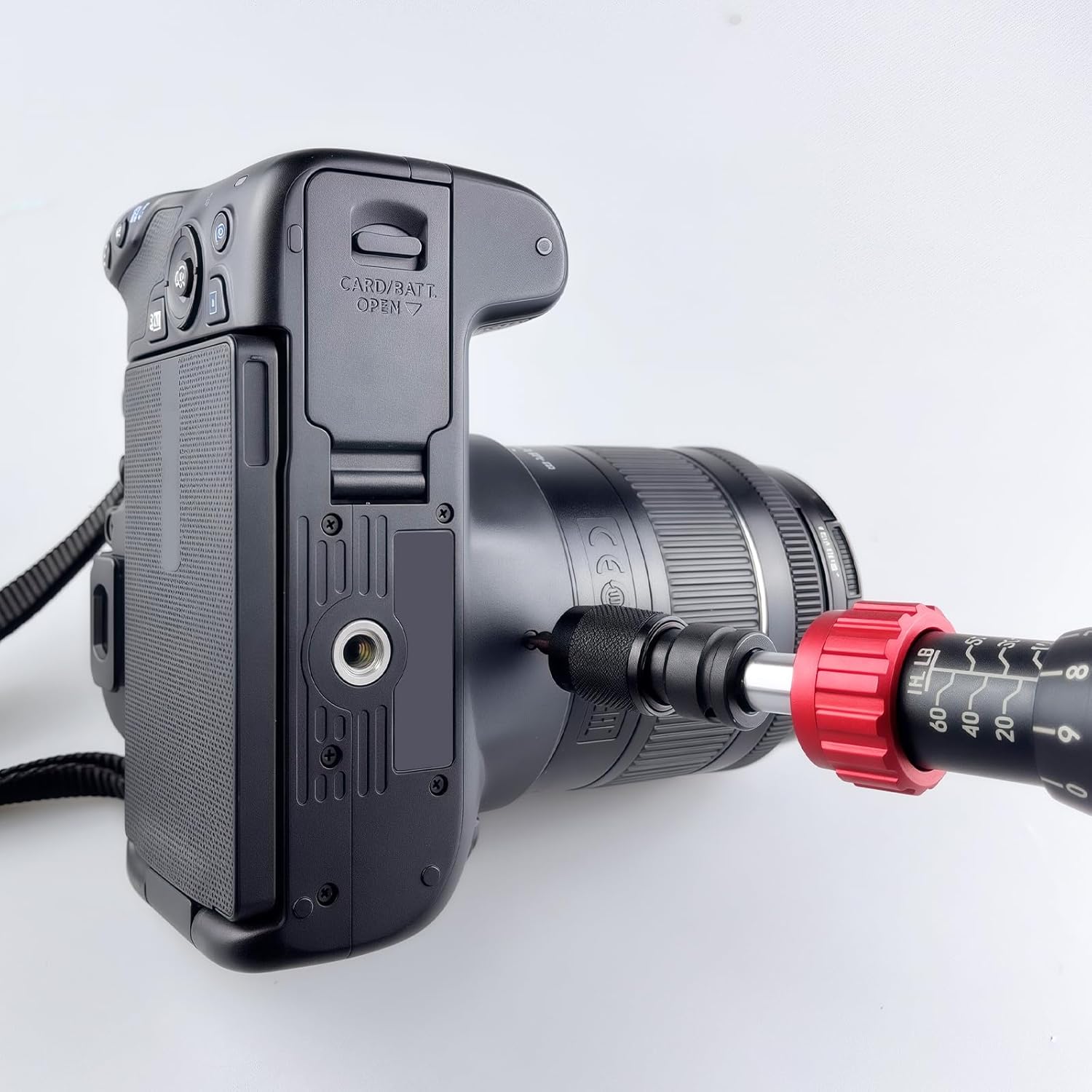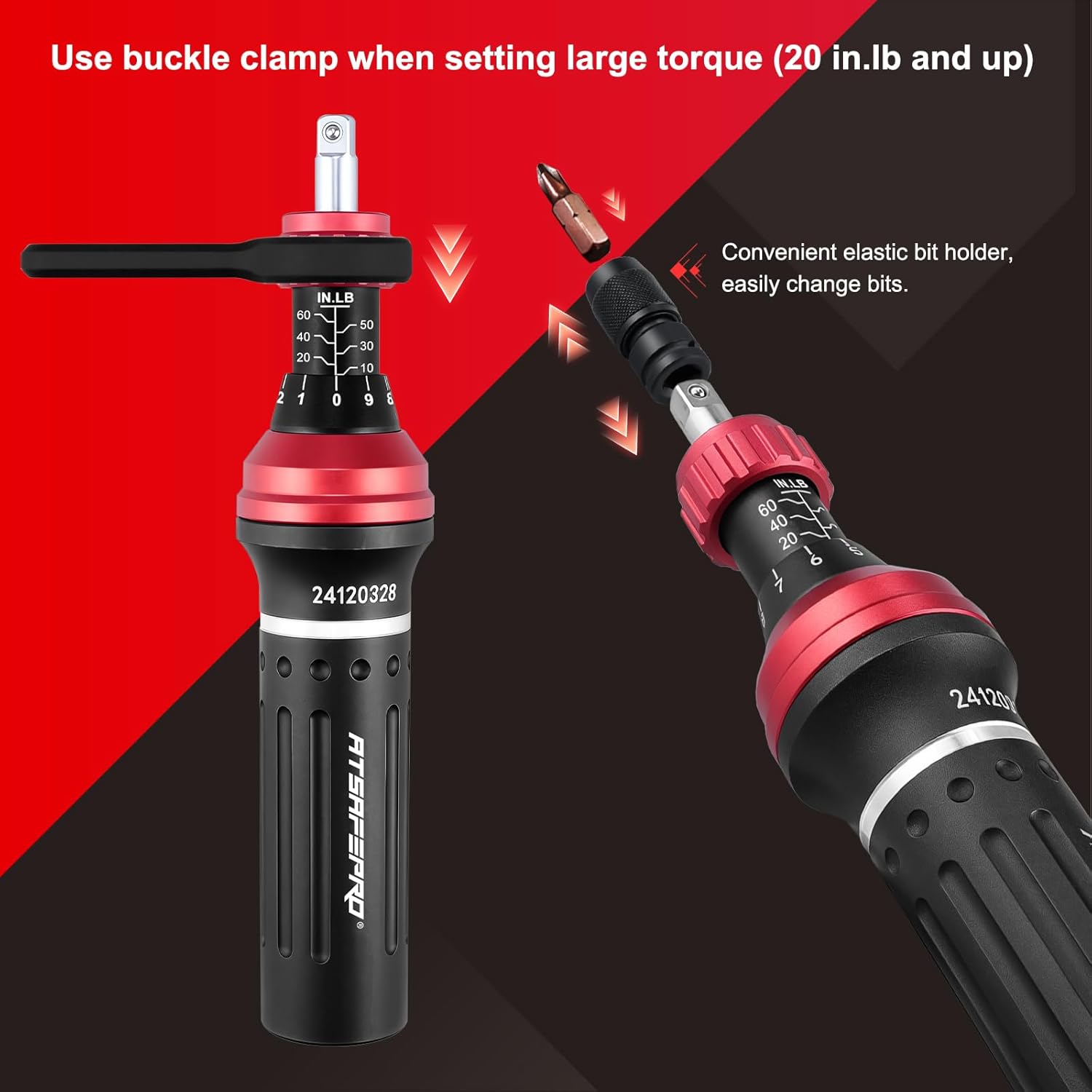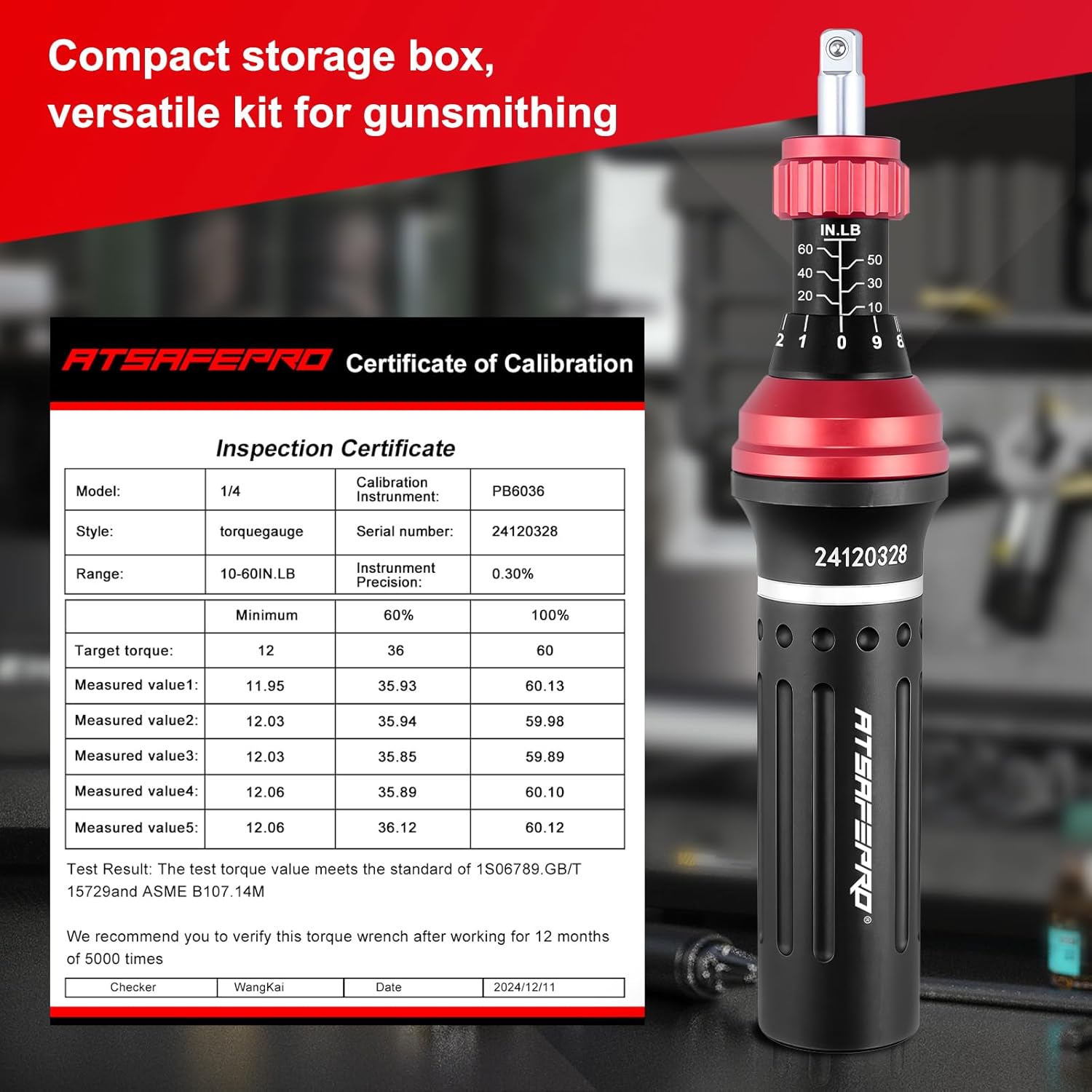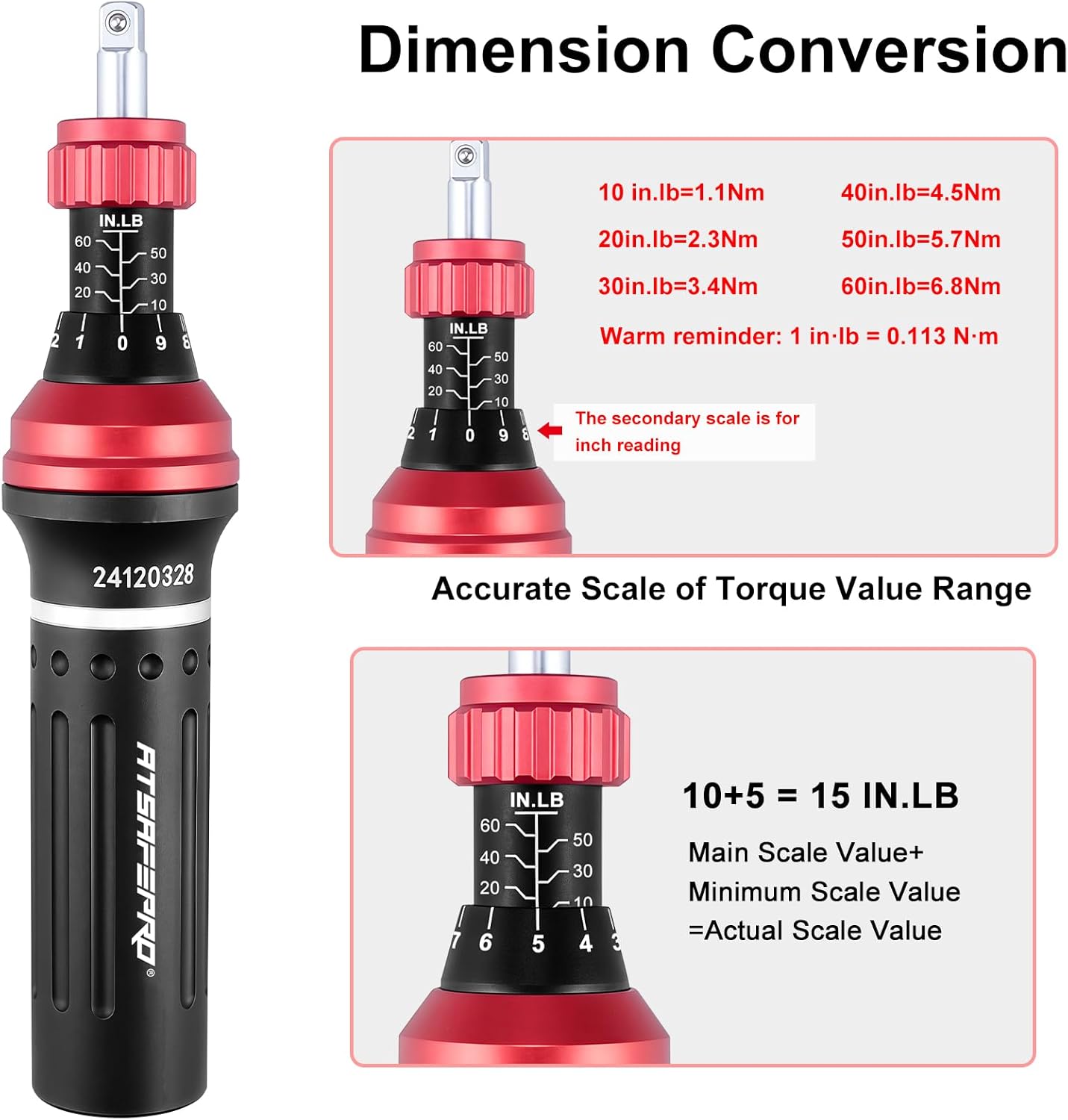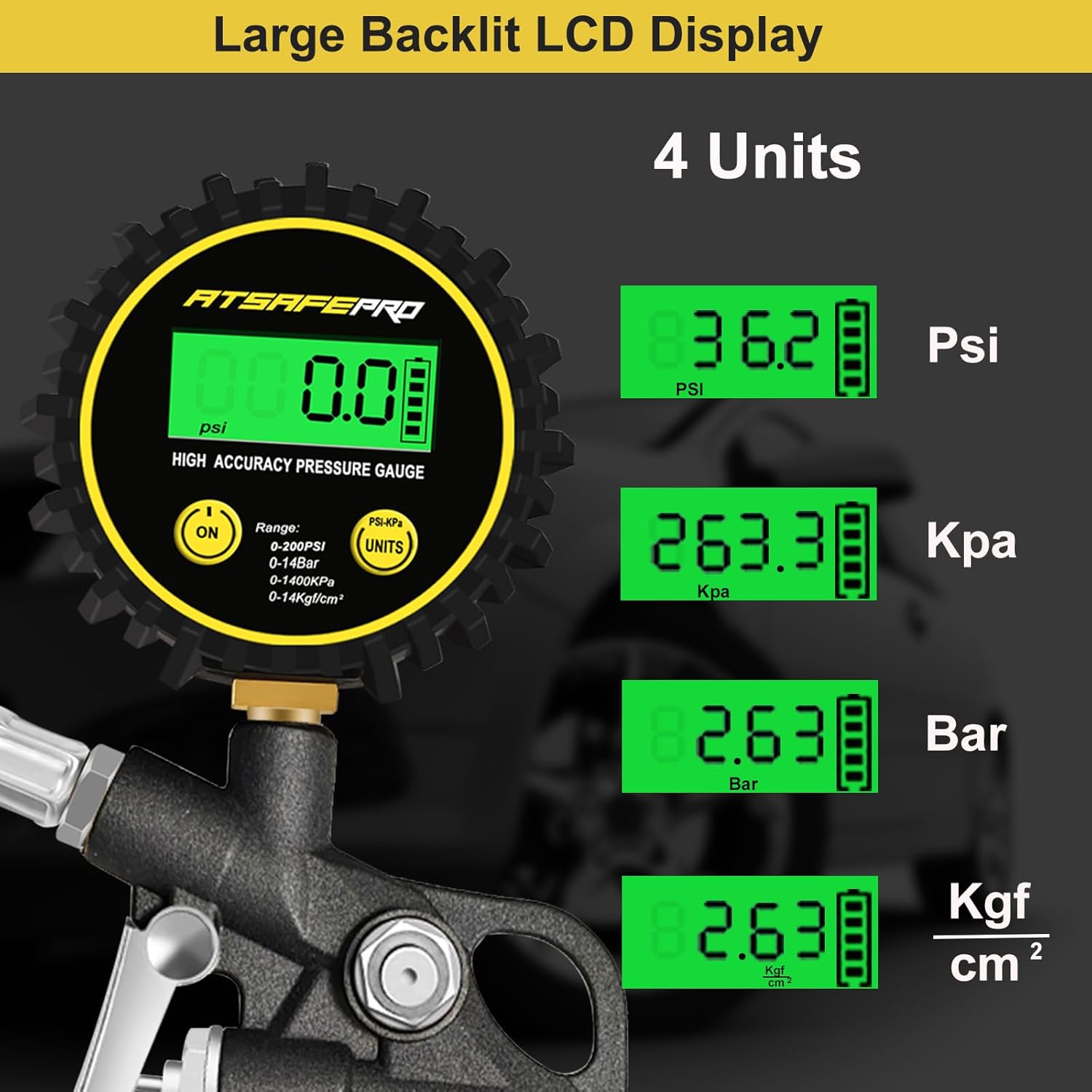
Best Digital Tire Gauges Every Cyclist Should Consider
Why Tire Pressure Is Critical for Cyclists
Unlike cars, bicycles rely entirely on precise tire pressure for performance. Just 5 PSI too low can make pedaling harder and increase the risk of pinch flats, while overinflation reduces grip on corners. According to cycling experts, maintaining optimal tire pressure improves rolling efficiency by up to 15% and prevents early tire wear.
For this reason, a digital tire gauge is one of the most valuable tools any cyclist can carry.
What Makes Digital Tire Gauges Ideal for Bikes
-
High Accuracy: Even small deviations matter for bike tires, which often require pressure between 60–120 PSI.
-
Easy-to-Read Displays: Digital screens provide clear numbers, especially helpful during night rides or in low-light conditions.
-
Compact and Portable: Many digital gauges fit in a pocket or saddlebag.
-
Consistency: Unlike many gas station pumps, digital gauges deliver repeatable and reliable results.
Benefits of Regular Tire Pressure Checks for Your Bike
-
Improved Performance: Consistent pressure reduces rolling resistance, making pedaling smoother and faster.
-
Extended Tire Life: Correct PSI prevents premature wear on sidewalls and treads.
-
Better Comfort: Well-inflated tires absorb shocks more effectively, improving ride quality.
-
Fuel Savings for E-Bikes: For electric bicycles, optimal pressure extends battery efficiency.
-
Confidence on Every Ride: Knowing your tires are in top condition lets you focus on the road, not potential problems.
How to Use a Digital Tire Gauge for Your Bike
-
Ensure the bike tire is cool, not just ridden.
-
Remove the valve cap (Presta or Schrader depending on your bike).
-
Place the digital gauge firmly onto the valve stem.
-
Read the PSI displayed on the screen.
-
Inflate or release air until the reading matches your target pressure.
Pro Tip: For long rides, check before and after your journey. A gradual loss of 1–2 PSI is common.
Comparing Digital Gauges with Other Types
| Gauge Type | Advantages | Best Use Case | Limitations |
|---|---|---|---|
| Digital Tire Gauge | Precise, easy to read, portable | Cyclists, commuters, road trips | Needs batteries |
| Mechanical (Dial) Gauge | Rugged, no batteries required | Workshop or home use | Bulkier, less portable |
| Pencil Gauge | Lightweight, very compact | Emergency kits, backup tool | Less precise, harder to read |
For cyclists, digital gauges strike the right balance of portability and accuracy. Pencil gauges are a good backup, while dial gauges are better suited for home garages.
Accidents Prevented by Checking Tire Pressure Before Cycling
-
Pinch Flats on the Road
Underinflated tires increase the risk of hitting the rim when encountering potholes or curbs, causing sudden flats. -
Loss of Control on Corners
Overinflated tires reduce grip, making it easier to slide out on turns, especially in wet conditions. -
Unexpected Blowouts
Riding at high speeds with low PSI builds heat and can lead to dangerous blowouts, putting the rider at risk of crashes. -
Reduced Braking Efficiency
Incorrect pressure limits tread contact, making emergency braking less effective and increasing stopping distance. -
Instability on Long Rides
Tires with poor pressure balance can wobble, leading to instability and rider fatigue.
ATSAFEPRO: Digital Tire Gauges Designed for Cyclists
For cyclists, accurate tire pressure isn’t optional — it’s the difference between a smooth ride and a flat tire. ATSAFEPRO digital tire gauges are designed for portability, accuracy, and ease of use, making them perfect for daily commuting, long-distance touring, or competitive cycling.
Explore our products or contact us to find a digital tire gauge that fits your cycling lifestyle.



